A Dark History Buried Beneath A Children’s Soccer Field
In October 2024, a construction crew in Simmering, Vienna were renovating a soccer field when they dug up more than just dirt. After taking a closer look at what was initially believed to be animal remains, the crew made a horrifying discovery.
Once authorities were called in, further disturbing details emerged and a dark, historical mystery began to unfold.

The Initial Finding
At first glance, the crew thought they had simply dug up an odd whitish-colored stick, so they continued to dig.
Suddenly, more “sticks” started showing up, and when a circular shape appeared, they knew there was something more going on.
The foreman immediately halted the operation and went in for a closer look—but nothing could prepare him for what he was about to discover.
 Andrew Nash from Vienna, Austria, Wikimedia Commons
Andrew Nash from Vienna, Austria, Wikimedia Commons
Making The Phone Call
The unsuspecting construction crew unearthed what appeared to be bones. Without stirring up too much more, they concluded that their discovery was likely animal remains.
But just to be sure, they made a phone call—not realizing their entire operation was about to be shut down.
Identifying The Remains
After the authorities showed up, it was determined that the bones were not animal remains after all—they were human. Instantly, the yellow tape came out and the men were sent home.
But this is only the beginning.
Locking Down The Crime Scene
Assuming this was now a crime scene, officers went through the chain of command to get the right people there.
But when the archaeologists showed up—things took a very dark turn.
 Mass grave mystery: Archaeologists discover 150 Roman-era soldiers in Vienna, euronews
Mass grave mystery: Archaeologists discover 150 Roman-era soldiers in Vienna, euronews
Carefully Uncovering The Truth
The bones were now confirmed to be human remains, and so every move was carefully calculated to avoid disturbing the scene, whilst working to uncover the whole story. But after only a few sweeps, the mystery grew to epic proportions.
 Mass grave mystery: Archaeologists discover 150 Roman-era soldiers in Vienna, euronews
Mass grave mystery: Archaeologists discover 150 Roman-era soldiers in Vienna, euronews
Making The Unbelievable Discovery
After further digging, archaeologists discovered thousands of human bones—indicating that this was more than just a buried body. In fact, by the end of it all, over 150 bodies were found.
All this time, children were playing soccer on top of what appeared to be an ancient mass grave.
 Mass grave mystery: Archaeologists discover 150 Roman-era soldiers in Vienna, euronews
Mass grave mystery: Archaeologists discover 150 Roman-era soldiers in Vienna, euronews
Piecing It All Together
After calling in for more help, an entire team of archaeologists discovered that the remains appeared to be disposed of quickly. Many of the bodies were buried on their sides or stomachs, with their limbs intertwined.
But that wasn’t all they found.
 Mass grave mystery: Archaeologists discover 150 Roman-era soldiers in Vienna, euronews
Mass grave mystery: Archaeologists discover 150 Roman-era soldiers in Vienna, euronews
Identifying The Victims
While 129 full bodies were located, a significant number of dislocated limbs were also found amongst the rest, which brings the estimated total to over 150.
Not only that, further analysis revealed that all of the victims were men between the ages of 20 and 30.
You can probably theorize now how these bodies got there. But there’s still more key evidence that pieces together the puzzle.
 Mass grave mystery: Archaeologists discover 150 Roman-era soldiers in Vienna, euronews
Mass grave mystery: Archaeologists discover 150 Roman-era soldiers in Vienna, euronews
Analyzing The Evidence
All of the bodies were said to be relatively healthy, with “good teeth and little evidence of infection”. But each one had suffered some sort of devastating injury—such as wounds made by swords, daggers, and iron bolts.
Researchers were now pretty sure how these bodies got there.
But something else was uncovered that solidifies their theory.
 Mass grave mystery: Archaeologists discover 150 Roman-era soldiers in Vienna, euronews
Mass grave mystery: Archaeologists discover 150 Roman-era soldiers in Vienna, euronews
Finding More Than Just Bodies
Along with the bodies, archaeologists also uncovered pieces of helmets, scale armor and nails that were known to be used on the bottom of leather Roman military shoes called caligae.
If it wasn’t already clear, the bodies in this mass grave likely belonged to Roman or Germanic warriors from the first century CE.
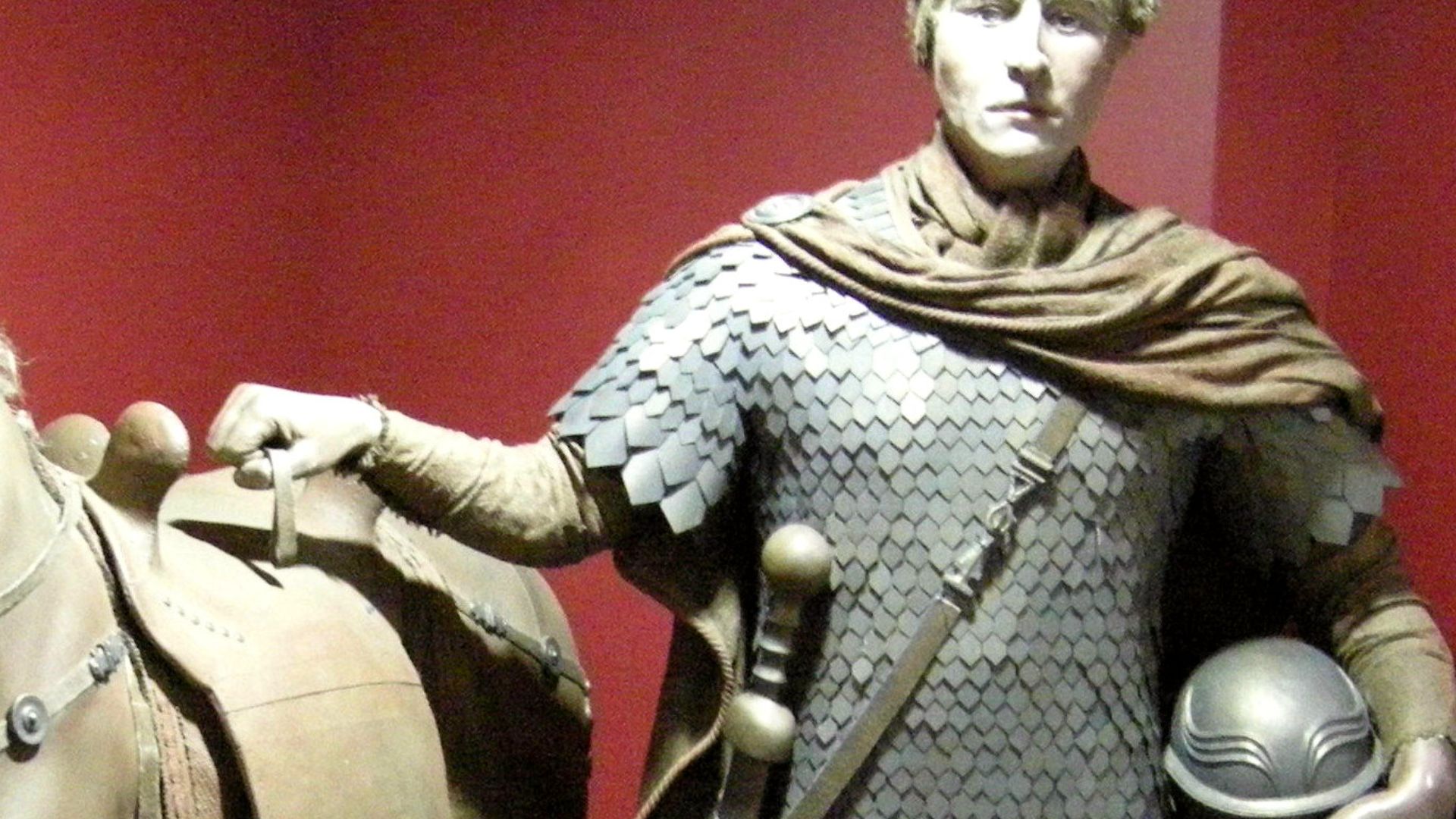 Linda Spashett (Storye book), Wikimedia Commons
Linda Spashett (Storye book), Wikimedia Commons
Theorizing Possibilities
It is believed that a “catastrophic” battle took place close by, likely in Vienna, and afterward, the fallen soldiers were dumped into a pit and covered with dirt. An intriguing artifact was also found which helps researchers place a date on the event.
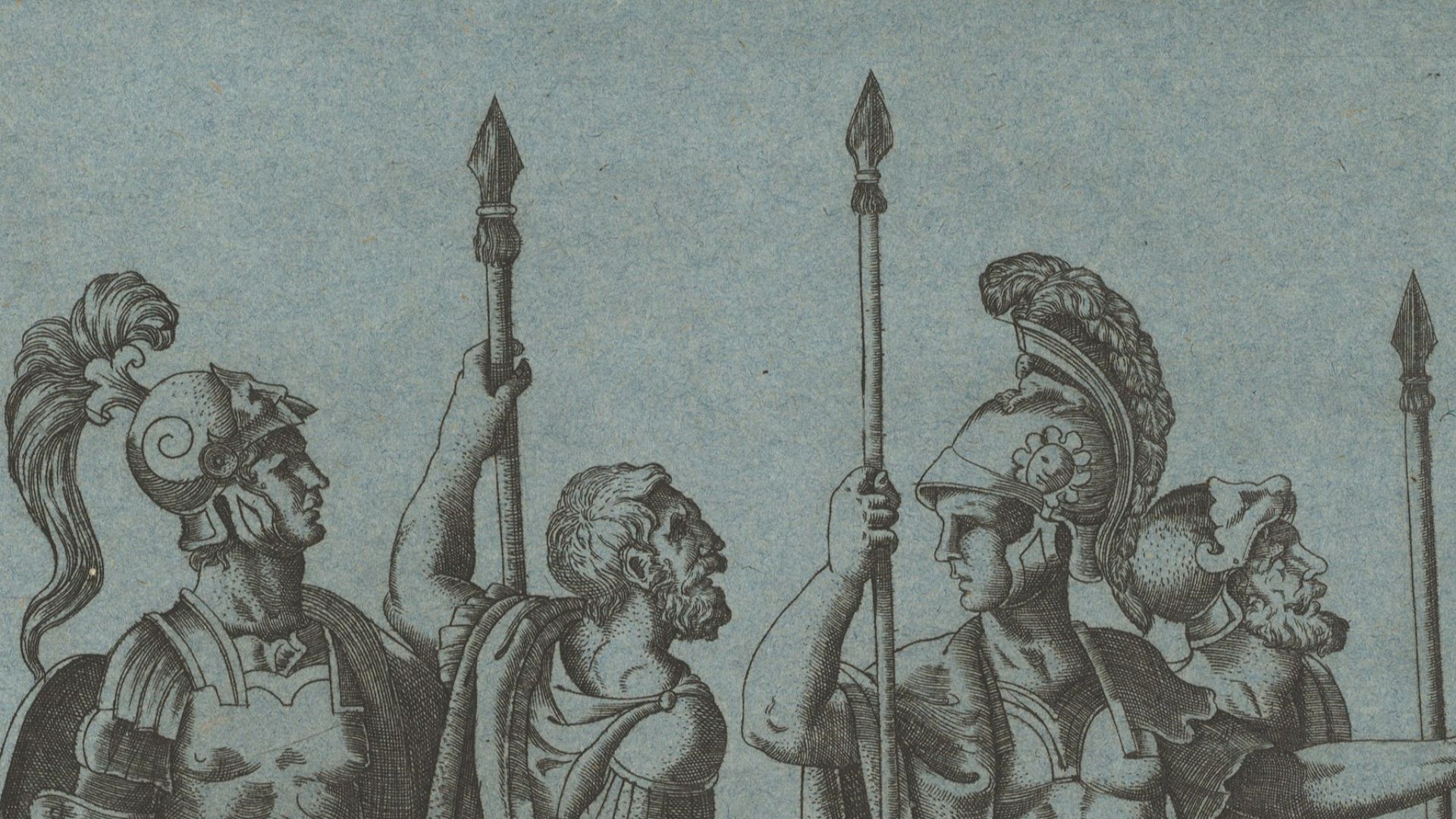 Giorgio Ghisi / Giulio Romano, Wikimedia Commons
Giorgio Ghisi / Giulio Romano, Wikimedia Commons
Dating The Evidence
An iron dagger and a scabbard that was “inlaid with silver wire”, a traditional Roman decoration, was also found at the site. The dagger was dated between the middle of the first century and the early part of the second century CE.
Meanwhile, the bones were dated between 80 and 230 CE. All of this helps piece together a remarkable story.
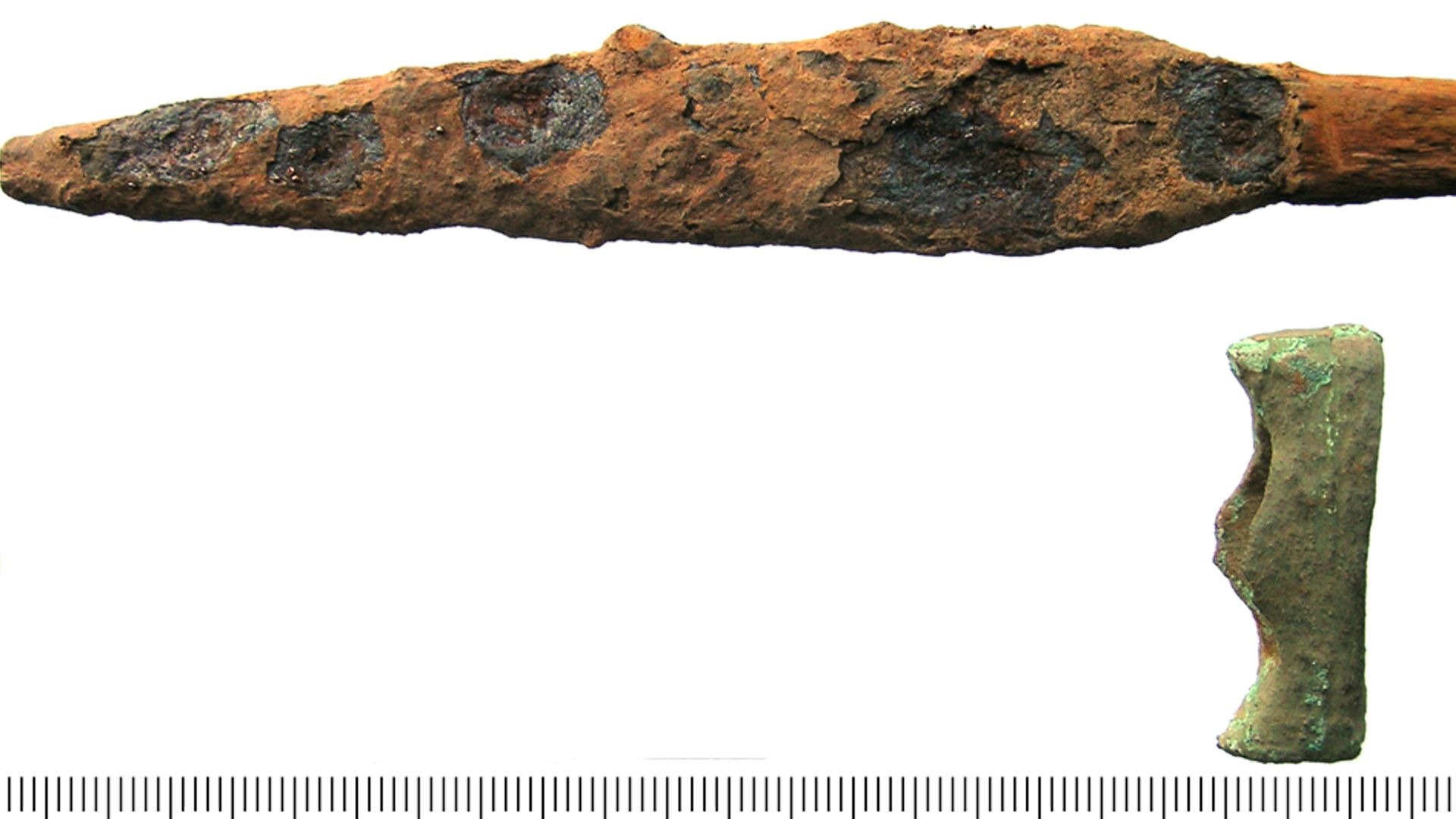 The Portable Antiquities Scheme, Dot Boughton, 2014-07-02 16:48:24, Wikimedia Commons
The Portable Antiquities Scheme, Dot Boughton, 2014-07-02 16:48:24, Wikimedia Commons
Looking Back On History
It’s believed a battle took place during the Roman Empire’s Danube campaigns led by Emperor Domitian—who happens to be known as one of the worst emperors in history due to his cruel and unjust actions.
The history books tell us that Germanic troops invaded the Roman Empire near the Danube border and wiped out an entire legion.
But at this time, only one thing has been confirmed.
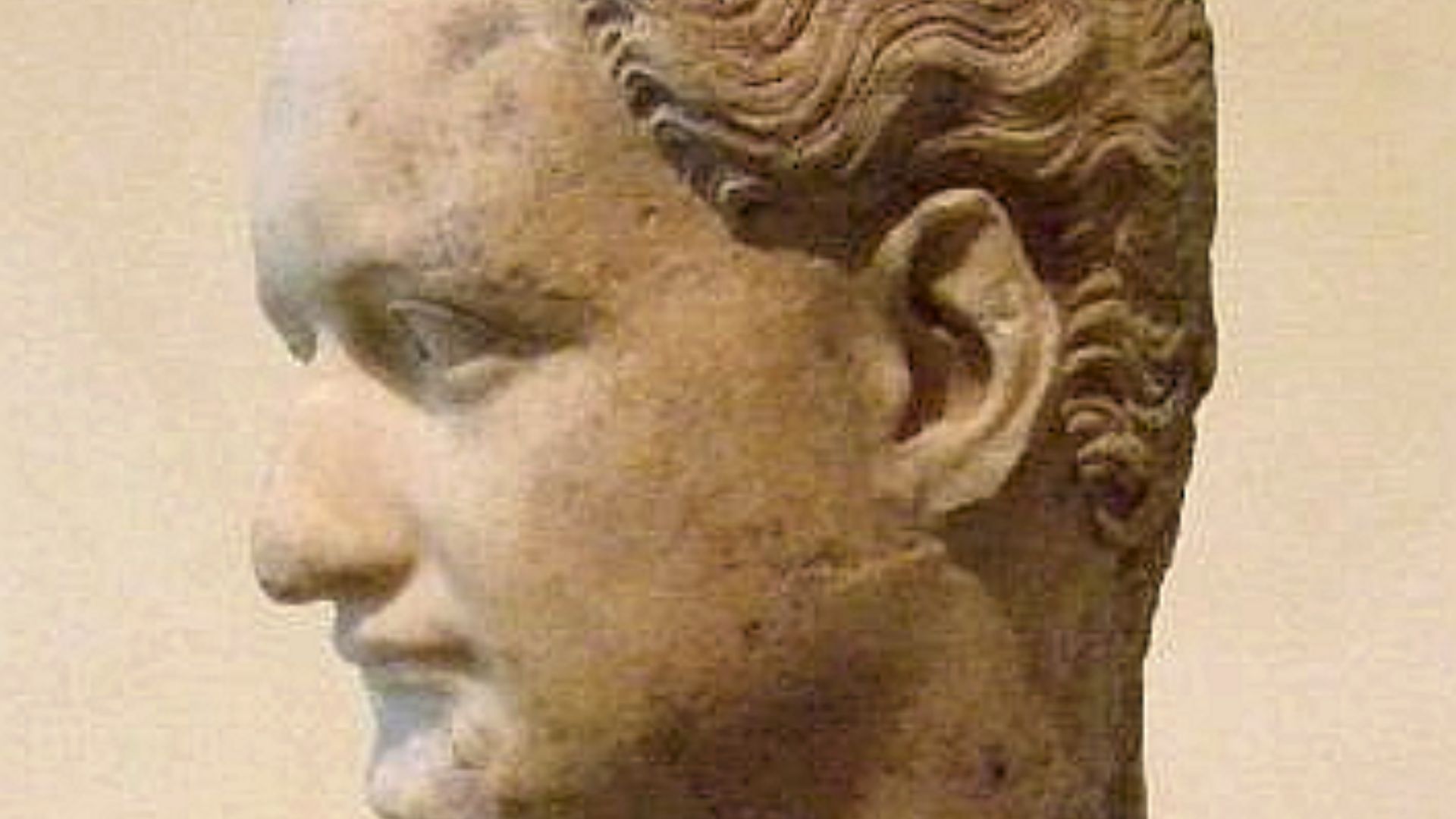 derivative work: Steerpike (talk)
Domitian_capitoline_profile.png: Steerpike, Wikimedia Commons
derivative work: Steerpike (talk)
Domitian_capitoline_profile.png: Steerpike, Wikimedia Commons
Testing DNA
Although the scene paints a pretty gruesome picture, only one of the men has been confirmed as a Roman warrior. More DNA analyses will hopefully help determine who they were—including which side they were fighting for.
While Roman military finds are not uncommon in this area—this particular discovery is unlike any other.
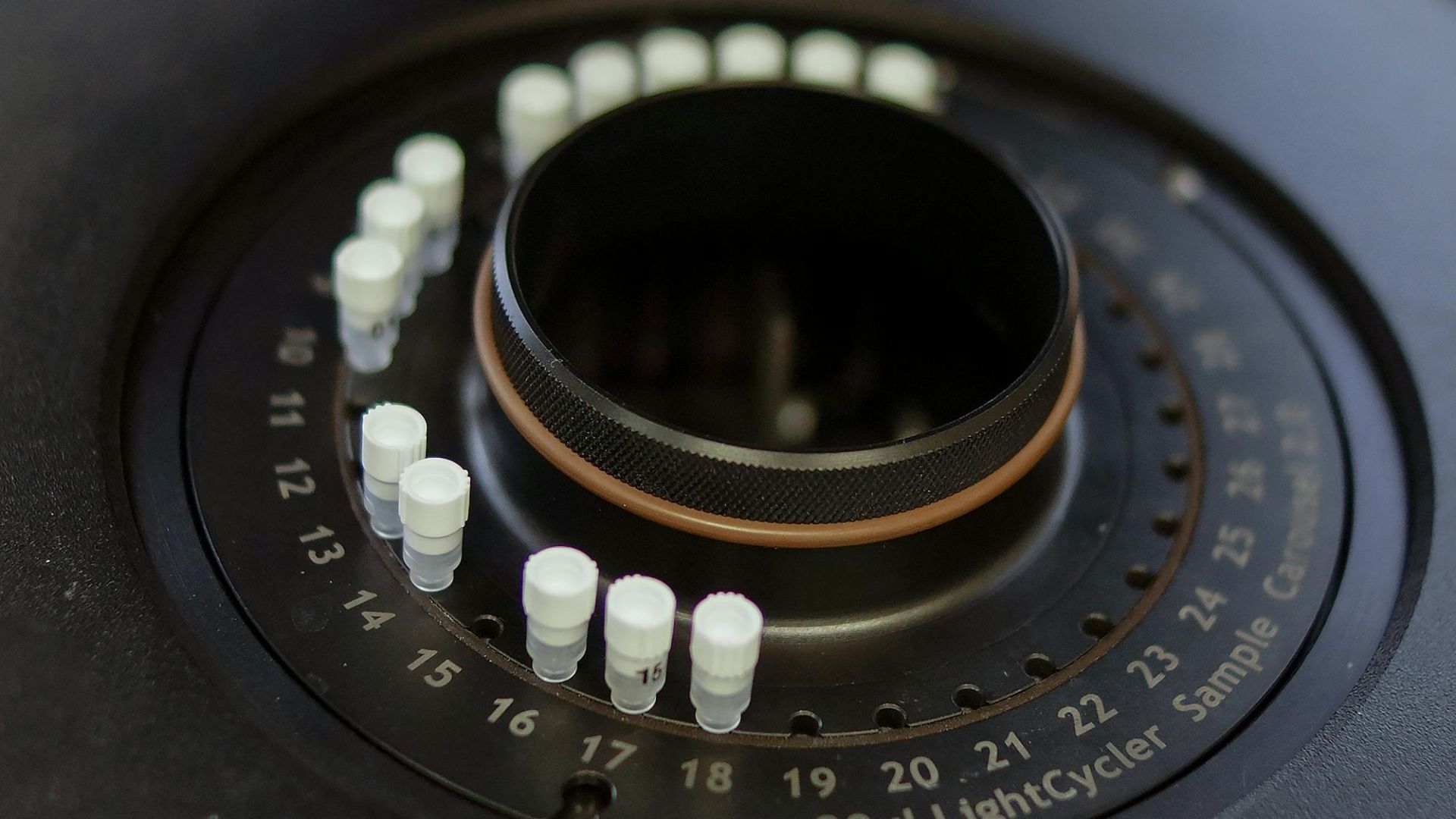 Katarzyna Modrzejewska, Pexels
Katarzyna Modrzejewska, Pexels
An Unprecedented Discovery
Archaeologists say the discovery of a mass grave of Roman warriors is not just remarkable—it’s extremely unusual. Actually, it’s not just unusual, it is unprecedented.
According to Michaela Binder, an archaeologist with Novetus, the company that led excavations at the site, intact remains from the first century, specifically in all of middle Europe, have never been found.
And there’s a reason why.
 Kreativwirtschaftsgesprache: Was Kunden wollen - Michaela Binder, Kreativwirtschaft Austria
Kreativwirtschaftsgesprache: Was Kunden wollen - Michaela Binder, Kreativwirtschaft Austria
Ancient Roman History
According to historical records, the Romans were strict about cremating their dead, at least until the third century.
As Binder said, “we don’t have any unburned, un-cremated human remains” from that time…until now.
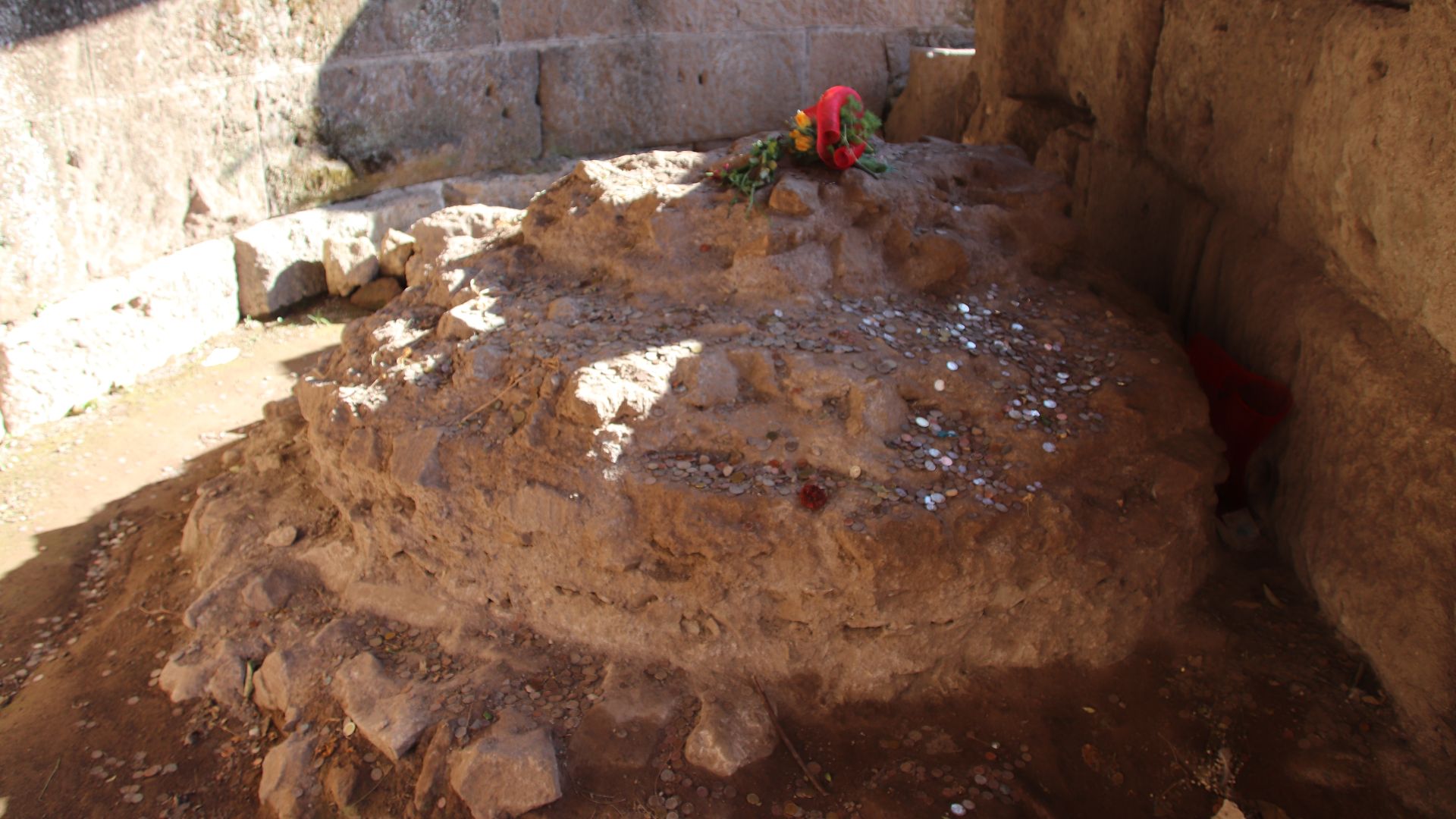 Gary Todd from Xinzheng, China, Wikimedia Commons
Gary Todd from Xinzheng, China, Wikimedia Commons
Uncovering A New Narrative
As you can imagine, archaeologists and historians are ecstatic. They now have an opportunity to study “life histories” of people who lived during the first century—an absolutely incredible story to unfold.
But it still gets better.
Connecting The Dots
Historians have already got started on piecing it all together, and they believe that Vienna—which was once “Vindobona,” a modest Roman outpost on the Danube River—was eventually built into a full-scale military fortress, and it’s possible that this first-century battle was the spark that lit the fire.
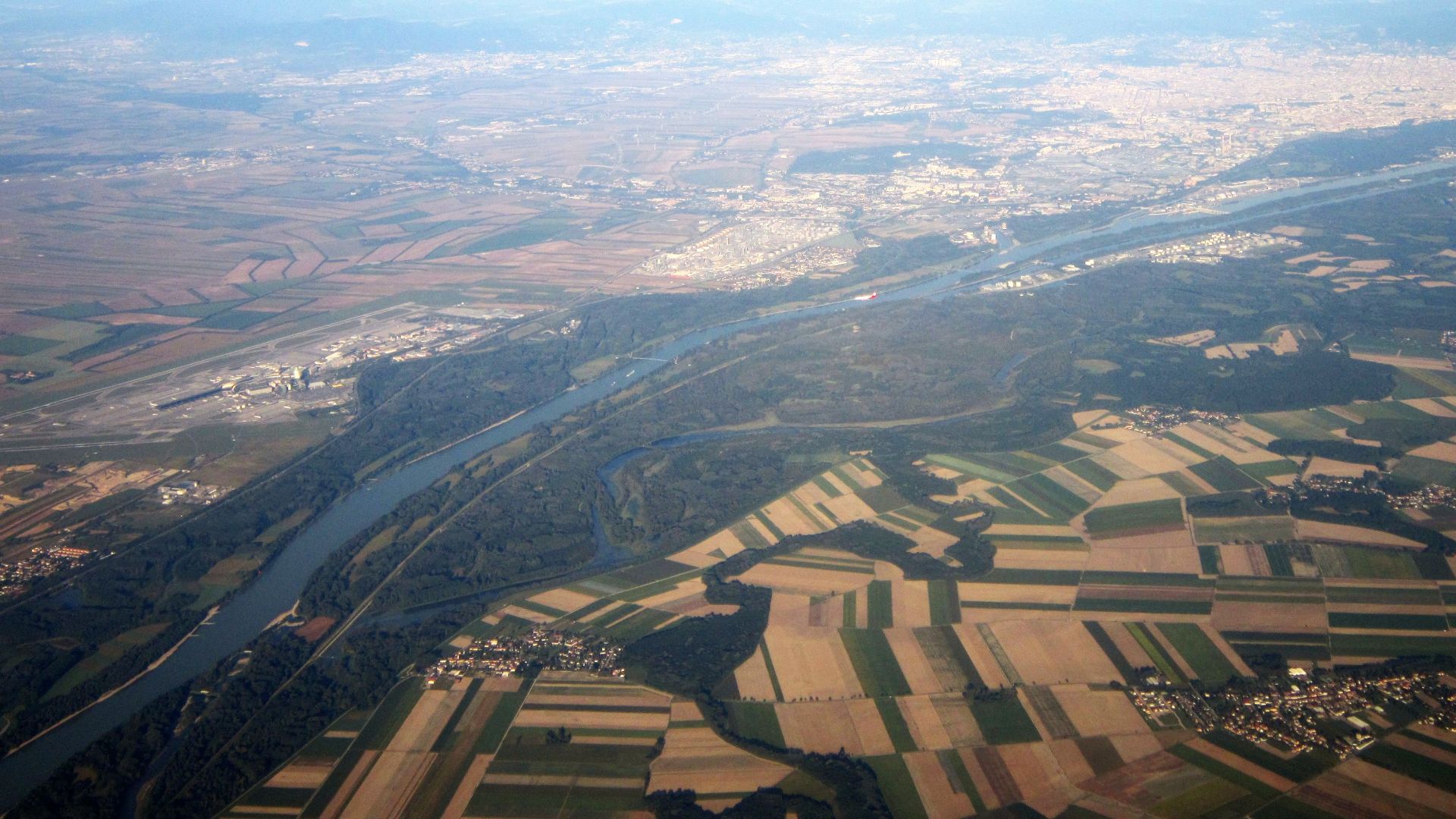 My another account at English Wikipedia, Wikimedia Commons
My another account at English Wikipedia, Wikimedia Commons
Revealing Roman History
This discovery is not the first to shed new light on the Roman empire.
According to Binder, “There are huge battlefields in Germany where weapons were found. But finding the dead, that is unique for the entire Roman history”.
And they’re just getting started.
 Internet Archive Book Images, Wikimedia Commons
Internet Archive Book Images, Wikimedia Commons
The Research Continues
Further analysis and DNA testing will be conducted on the skeletal remains, and the dig site will now be protected. As for the construction crew, well, after unintentionally turning their worksite into a history class with a body count, they’ve moved on to a new project.
You May Also Like:
Archaeologists discovered a 4,100-year-old tomb of an Ancient Egyptian doctor who likely treated royals.
Archaeologists stumble upon an ancient marble statue hidden in a sewer.
Archaeologists Say They Found Ancient Amazonian Art That May Depict Extinct And Mythological Creatures











